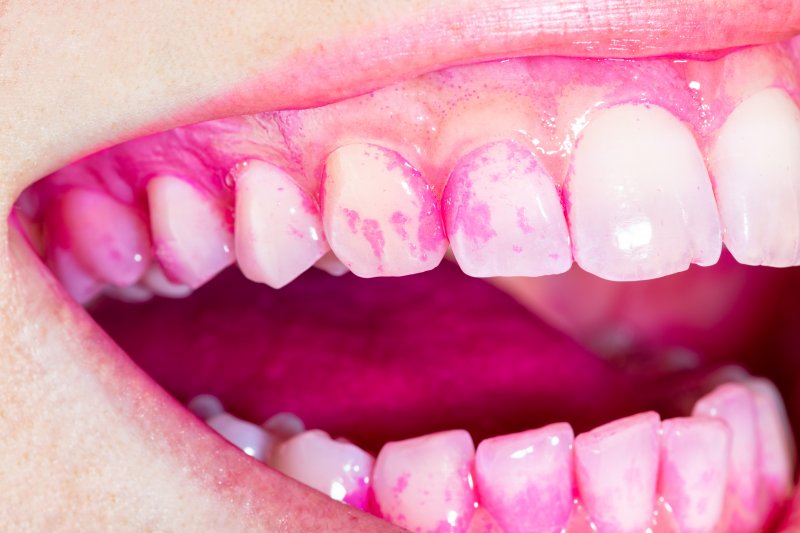
As social media grows bolder as an “authority” in multiple health matters, it seems even dental care hasn’t escaped its clutches. More and more people are turning to at-home methods for tooth restoration, seeking to save money as many Americans face difficult choices without dental insurance coverage.
As with many of these trends that start on social media, they should be heavily scrutinized and hardly ever utilized. Continue reading to learn more about the uncomfortable rise of DIY tooth restoration and the potential risks associated with it.
Why are People Turning to Social Media for Dental Advice?
It’s hard to understate the grip that social media platforms have on people, especially younger generations still in their formative years.
No matter how old you are, there is always a possibility of being taken in by something that sounds too good to be true, especially if you believe you cannot be fooled by disinformation online.
Many of the DIY solutions presented in these posts and videos are born from desperation. Even as dental coverage becomes more affordable, and many practices are more than willing to work out payment options, millions of Americans feel they cannot afford the treatment they need without dental insurance.
This makes them feel that they are left with few options except to look for a cheaper solution that will meet their needs, despite the detrimental effects it may have.
How are People Trying to Restore Their Teeth at Home?
The at-home DIY treatments generally come in three types: moldable wax, orthodontic wax, and meltable polymer. Each is used to treat different types of dental imperfections that should only be handled by a trained professional.
- Moldable wax is generally used to fill in small cracks or gaps in teeth, such as those left behind by cavities. The wax is applied to the surface of the tooth and then smoothed over with the tongue to leave a solid surface.
- Orthodontic wax is normally used to prevent the wire in braces from poking lips and cheeks. However, some are beginning to use it to create a whole “tooth” to plug into the empty or decayed socket.
- Meltable polymer is a type of thermoplastic that usually comes in bags of beads. These beads can then be softened in hot water and molded with the fingers. It serves the same purpose as the orthodontic wax does, but is a bit more “high-tech.”
How Can DIY Tooth Restorations Affect You?
While there are legitimate companies that offer temporary dental solutions in the case of an emergency, the key word here is temporary. These DIY restorations are causing more harm than good under the surface.
Food and bacteria will get caught around these molded prosthetics and can even infect the nearby teeth. This can cause inflammation of the gums and eventually deterioration of the bones in the area, causing permanent damage.
This means that many people who use DIY solutions for their dental issues often end up paying more for their treatment when things go wrong.
In short, your dentist should be the only one who creates prosthetics for your mouth whether it’s single dental implants, cosmetic veneers, or full dentures. Without the medical knowledge and the resources to successfully treat dental issues, you could be creating a whole host of new problems.
About the Author
Dr. Salari is a highly trained dental prosthetics expert. She seeks to provide a welcoming space to all of her patients and exceed their expectations of what a dentist should be. After graduating from the Université Libre de Bruxelles, Dr. Salari pursued a prosthodontics residency and a post-graduate specialty in TMJ disorders while working on patients to perform full-mouth restorations. To schedule an appointment to have a tooth repaired or replaced at Nova Smile Dental, call (703) 763-0800 or visit the website for more information on additional restoration services.
